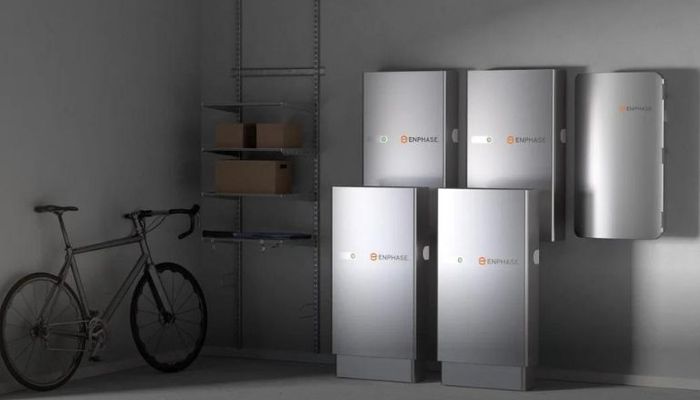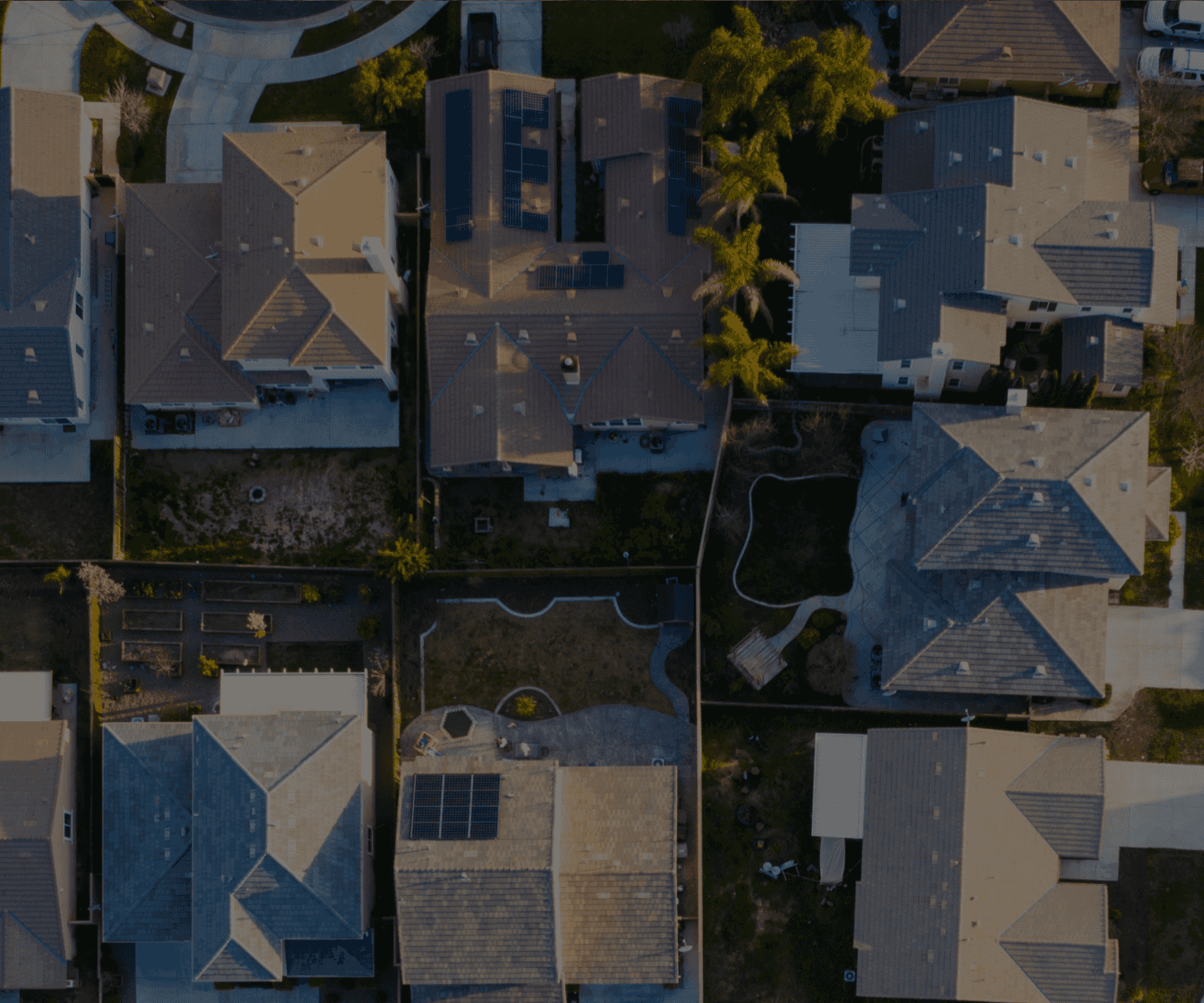Adding Solar Panels to an Existing System? 6 Things to Consider

If you’re thinking about expanding your solar panel system and adding solar panels to your existing array, this article will set you up for a successful project. Below, we share six questions to ask yourself if you’re seriously considering solar panel expansion.
FYI: You’ll want to start soon, as the federal tax credit — which is currently 30% — will reduce for installations or expansions after 2032.
Let’s get started!
1. Do You Need Additional Solar Panels?
Before we dive into how to add more solar panels, let’s talk about whether or not those additional panels will benefit you.
First, are you currently paying an electricity bill? Does your current solar panel system essentially eliminate your entire utility bill? Don’t forget to factor in seasonality, and look at how much more power you might need during different months of the year.
Second, are you planning to use more electricity in the near future? Examples might include adding new appliances or loads to your household, such as an electric vehicle or a hot tub.
If you’ve answered “no” to the above questions, then it’s likely that your original system is doing the job right. There is no need to add more solar panels to your array at this time.
However, if you are still paying the utility company for some electricity, or you’re planning to use more electricity, then expanding your existing solar panel system might be a good option.
2. Is Solar Panel Expansion Possible?
Even if you want more solar panels, there are factors that might limit how many additional solar panels you can have.
Roof Space
For roof-mount systems, having additional roof space is essential for expansion. Determine if you have space to begin with, and how much.
If you have available land, ground-mount solar panels are an option.
Main Service Panel
Your main service panel might limit how many more solar panels you can install. Check the size of your main service panel, and how your existing system ties into it. Also, you may have more options available now that weren’t possible at the time of your original installation.
3. Can You Find Matching Solar Panels and Inverters?
You may or may not have to find solar panels that match the ones in your existing system — it depends on the inverters.
String Inverters
If you want to add solar panels to your existing string inverter system, they’ll have to match the solar panels from your original installation. If you’re unable to find matching panels, you can expand your solar array by creating a separate system with a new inverter, should your real estate allow.
Keep in mind that if your current string inverter is over 10 years old, it is likely at the end of its useful lifespan. You may want to consider replacing the inverter as you’re expanding your system. Opt for a larger inverter with multiple MPPTs to potentially handle the existing panels and new solar panels together.
Microinverters
If you have a microinverter system, you’ll want to ensure the new microinverters are compatible with your current system so the added solar panels can be on the same branch circuit.
Likewise, another option is to install the new equipment on its own branch circuit, therefore creating a separate system, with compatibility as less of an issue.
4. Do You Currently Meet Rapid Shutdown Requirements?
Under NEC 2014, rapid shutdown equipment is required for electrical and fire safety. If your original system was installed before 2014, you should add rapid shutdown functionality as you add more solar panels. Rapid shutdown is not expensive or difficult to implement, but be sure to check with your local building department so you know and understand the requirements.
5. Will Your Permits Be Approved?
Speaking of your local building department, they’ll generally require a permit for adding more solar panels to an existing system. Your utility company will also request a net energy metering (NEM) application for the additional solar panels.
If you’re working with a professional installer for your solar panel expansion, they can help handle the permit and NEM application. If you’re taking the DIY route with your solar expansion, be sure to purchase your equipment from a trusted DIY solar company like GoGreenSolar. They’ll be able to help you with all the necessary permitting paperwork for your expansion.
6. Do You Want to Add Energy Storage?
Have you been thinking about adding battery backup to your solar system? Now is a great time to do so as you’re going through the effort of expanding your solar panel array.
To learn more about the pros and cons of battery backup to decide if it’s right for you, check out our resource page here.
Choose GoGreenSolar For Your Solar Panel Expansion Needs
As you can see, adding solar panels to an existing system isn’t ideal or even doable for everyone. If you think you meet all the requirements for solar panel expansion and are ready to take the next step, contact GoGreenSolar to get started.
At GoGreenSolar, our experts are readily available to guide you through the solar panel expansion process. We’ll help you decide how many additional solar panels you need, and advise you on the best equipment to purchase based on your original installation.






